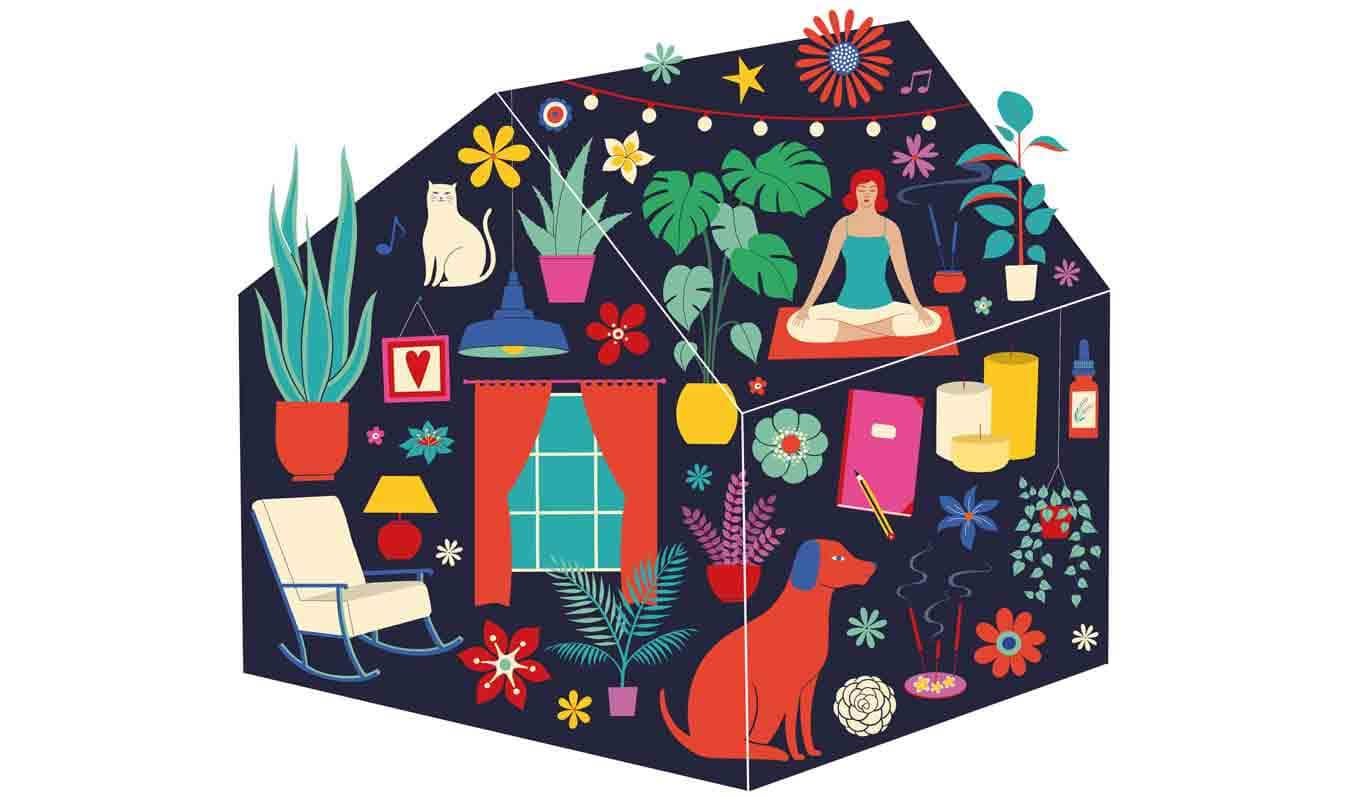The word “anxiety” gets thrown around a lot these days, and I admit, I’ve been a little dismissive. I’d think to myself, “Don’t we all get nervous now and then? What’s the big deal?” Then, this year, I experienced a series of panic attacks that knocked me right off my high horse.
These were perplexing, sporadic episodes with no obvious trigger: shortness of breath right before bed, sudden dread while boarding the train, claustrophobia that hit when I entered dark movie theaters. It was possible they were random, therapists told me, and aside from the usual remedies — less caffeine, more meditation, medication if it continues and so on — there wasn’t much to be done.
Or was there? Eager for more immediate ways to de-stress my life, I began looking around the house for environmental irritants: clutter, noise, junk food, late bills — things that weren’t exactly dire but couldn’t have been helping. Even though the research is in its early stages, a growing number of architects, designers, professional organizers and environmental psychologists believe the spaces we live in are as inextricably linked to our neurological well-being as sleep, diet and exercise.
“Homes have served the same purpose since the beginning of time,” said Sally Augustin, an environmental psychologist who runs the consulting firm Design With Science. “We’ve always had the need for some sort of retreat or sanctuary.” Given what some are calling an anxiety epidemic — with nearly one-fifth of Americans reporting a stress-related disorder — the need for a safe and calming place feels especially important.
“We want to be healthier. We want to be happier. We don’t want to suffer from stress,” said Carolyn Rickard-Brideau, corporate president of the international architecture firm Little and a member of the advisory board of the WELL Building Standard, a certification program that uses medical research to gauge spaces’ health benefits. “The spaces we live in are integral to that.”
Most environmental psychologists are reluctant to be overly prescriptive; every person and family is different. Toby Israel, an early expert in the field, says our feelings about design are rooted in our “environmental autobiography,” or our personal history of place. “It’s easy for magazines to say ‘this pattern is in’ or ‘this color is calming,’ ” she said. “It’s harder to determine whether something will actually work for you.”
That said, if you’re looking for small ways to make your home feel more peaceful, here are 10 research-backed steps worth trying.

